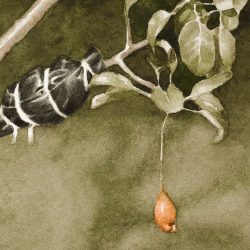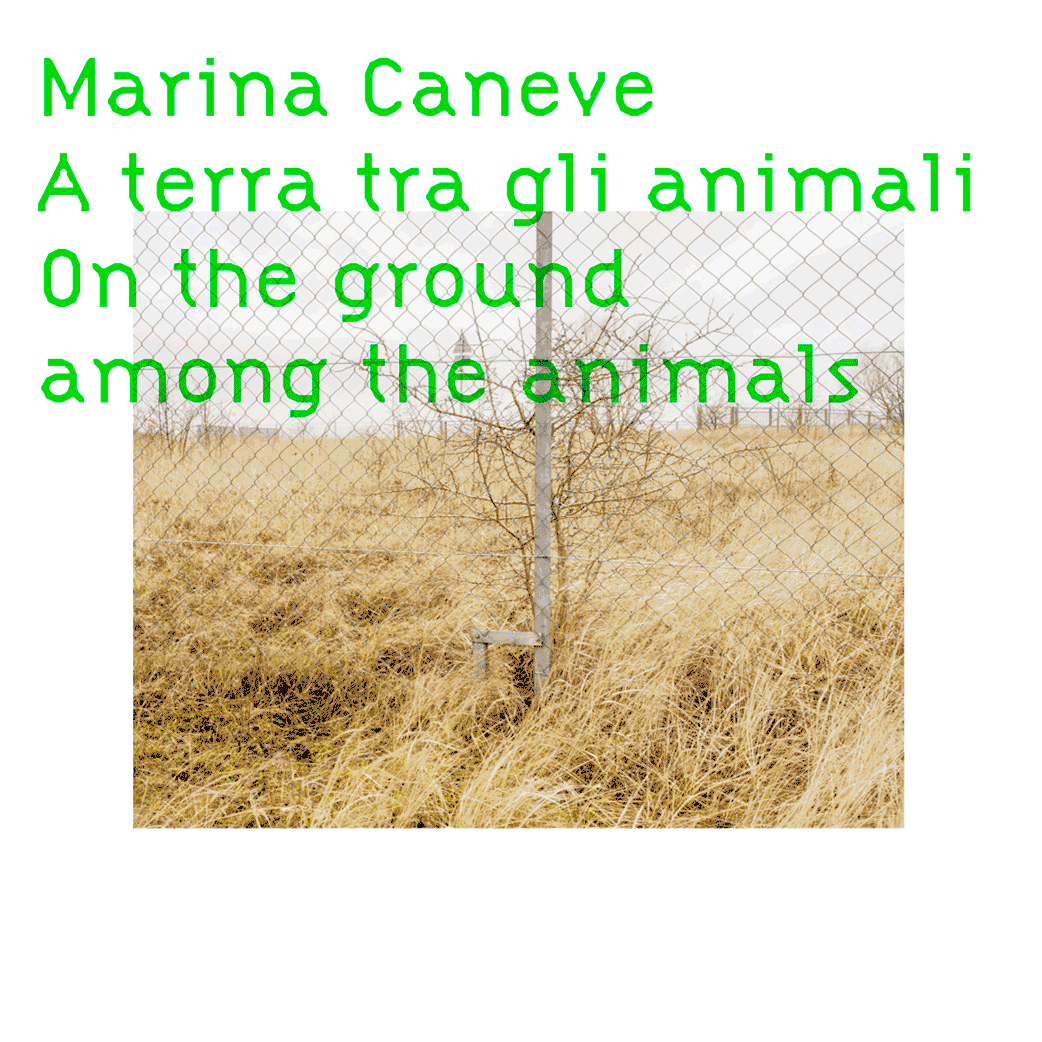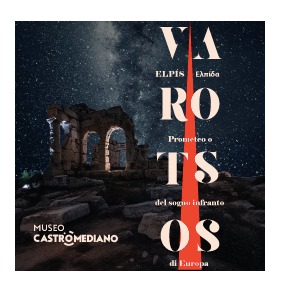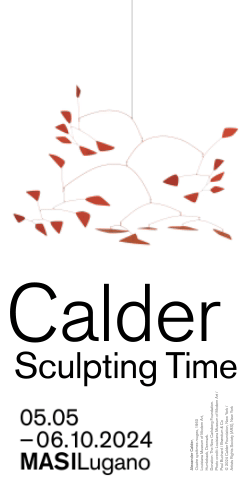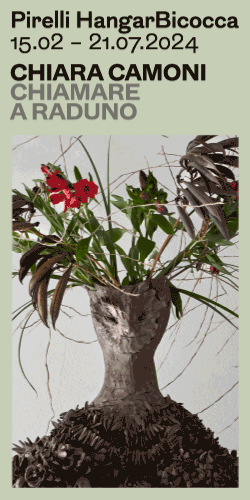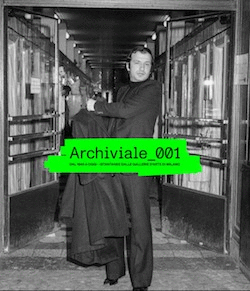Da venerdì 21 a domenica 23 luglio, in occasione del festival delle arti contemporanee Drodesera – si alternano, negli spazi della Centrale di Fies, i 10 progetti vincitori del LIVE WORKS — Performance Act Award – Alok Vaid-Menon, Claudia Pagés Rabal, Gaetano Cunsolo, Kent Chan, Lisa Vereetbrugghen, Madison Bycroft, Mercedes Azpilicueta, Mohamed Abdelkarim, Rodrigo Sobarzo de Larraechea, Urok Shirhan – affiancati da Guest performer tra cui Leandro Nerefuh/Ribidjunga Cardoso (“Orphic Exuberance Versus Solar Capitalism” | prima nazionale), Philipp Gehmacher (“walk+talk no. 22” | prima nazionale), Sarah Vanhee (“The Making of Justice” | prima nazionale) e Mykki Blanco (“Concert”).
ATPdiary vi presenta, in tre episodi, le proposte dei 10 vincitori. Dopo Alok Vaid-Menon, Claudia Pagäs Rabal e Mohamed Abdelkarim; Gaetano Cunsolo, Kent Chan e Lisa Vereertbrugghen, è il turno di Madison Bycroft, Mercedes Azpilicueta, Rodrigo Sobarzo e Urok Shirhan
—
Madison Bycroft —Mollusc theory – soft bodies
Mollusc theory è una lezione/performance che si affaccia in basso verso l’oceano, trovando un’inusuale Teorico dentro al corpo molle di una seppia. La performance raggruppa una serie di episodi che nominano il mollusco maestro, proponendo un nuovo dialogo tra lingue, soggetto e amore. Bycroft devasta e svuota l’Io, dando spazio al mollusco e le sue teorie.
Mollusc theory is a performance lecture that looks down towards the ocean, finding an unlikely theoretician in the soft-bodied cuttlefish. The performance brings together a series of fragments that situate the mollusk as master, and propose a new discourse of language, subject hood, and love. Bycroft queers and vacates the self, making space for the mollusc and their theories to emerge.


Mercedes Azpilicueta — Yuko & Justine
Il punto di partenza per il lavoro di Mercedes Azpilicueta sono due citazioni presenti nel libro The Words of Others del artista Argentino León Ferrari. La prima contiene le parole di Yuko e Yamaguchi, sopravvissuto al bombardamento atomico di Hiroshima del 1945 che descive il momento esatto della caduta dell’ordigno. La seconda riprende le parole di Justine, la protagonista del libro Justine ou les malheurs de la vertu (1787), scritto dal Marchese de Sade. Da queste due citazioni, con l’aiuto di Gloria Andalzúa, poetessa e teorica femminsita queer Chicana, lo spettacolo presenterà uno script immaginario composto da gesti, movimenti e suoni composti da interpreti locali. Questo studio mira a nuove forme di memoria soggettiva che includano traduzioni mal poste e la trascrizione di storie personali, in modo da poter destabilizzare le categorie e i limiti di cui facciamo parte.
Two quotes from the book The Words of Others by Argentine artist León Ferrari are the point of departure for this work. Firstly, the poetic words of Yuko Yamaguchi, a survivor of the 1945 US attack on Hiroshima, describing the moment the atomic bomb fell. Secondly, the words from Justine, the main character of the book Justine ou les malheurs de la vertu (1787), written by the Marquis de Sade. From these two quotes, and with the help of queer Chicana poet and feminist theorist Gloria Andalzúa, the work will present a fictional script made out of gestures, movements and sounds performed by local interpreters. This work looks for new forms of subjective memory that include misusing translations and writing personal histories in order to destabilize the boundaries and categories we are being part of.

Rodrigo Sobarzo de Larraechea — Estuarino
Un estuario è una sezione parzialmente chiusa di costa bagnata da acqua salmastra, dove sfociano uno o più fiumi e con una connessione al mare aperto. Le rive di molti estuari sono tra le più popolate area del mondo a livello biologico.
Estuarino si propone di evidenziare la formula “ umani-insieme-a-ciò-che-li-circonda-insieme-ad-altri-umani”. Sia forma che contenuto, nonostante siano entità a sé, cercano un’unica sincronia. La specificità di quelle che chiamiamo “arti performative” è quella di essere una forma d’arte viva, che utilizza presenze vive per poter trasmettere qualsiasi idea/ideale di concezione aestetica.
An estuary is a partially enclosed coastal body of brackish water with one or more rivers or streams flowing into it and with a free connection to the open sea; the banks of many estuaries are amongst the most heavily populated areas of the world.
Estuarino seeks to high spot the “human-together-with-its-surroundings-together-with-other-humans”; both form and content, although differ-entities, seek synchrony as one.
The specificity of the so called “performing arts” is that it is a form of art that is “alive”, that uses live presence as its medium to convey any idea/ideal or aesthetical conception.


Urok Shirhan — Empty Orchestra
‘Empty Orchestra’ riprende l’etimologia della parola composta giapponese ‘karaoke’: kara significa “vuoto”, mentre ōkesutora significa “orchestra”. In questo progetto, Urok Shirhan mette in scena una performance che eviscera le tematiche di nazionalità, sincronizzazione e appartenenza.
Questa performance fa parte del corpus di ricerca di Shirhan più recente, dove il tema della voce viene messo in discussione; il modo in cui viene usata in performance, registrata, e ascoltata. Anche la “lingua” è protagonista, posta in relazione alle lingue parlate, alla fonetica, accenti e ai dialetti. Le nozioni di rimozione e assimilazione sono messe in evidenzia e comprese sia nel senso della forma aestetica, sia come migrazione geografica.
‘Empty Orchestra’ refers to the origins of the Japanese compound word ‘karaoke’: kara meaning “empty” and ōkesutora for “orchestra”. In this work, Urok Shirhan stages a public performance piece that concerns questions of nationality, synchronisation and belonging.
This performance is part of Shirhan’s recent body of research that considers questions of ‘voice’: the ways it is performed, recorded and made audible, as well as a wider understanding of the ‘tongue’ as relating to language, phonetics, accents and dialects. Underlying the work are notions of displacement and assimilation, understood both in the sense of aesthetic form as well as geographic migration.


